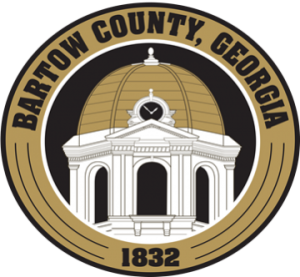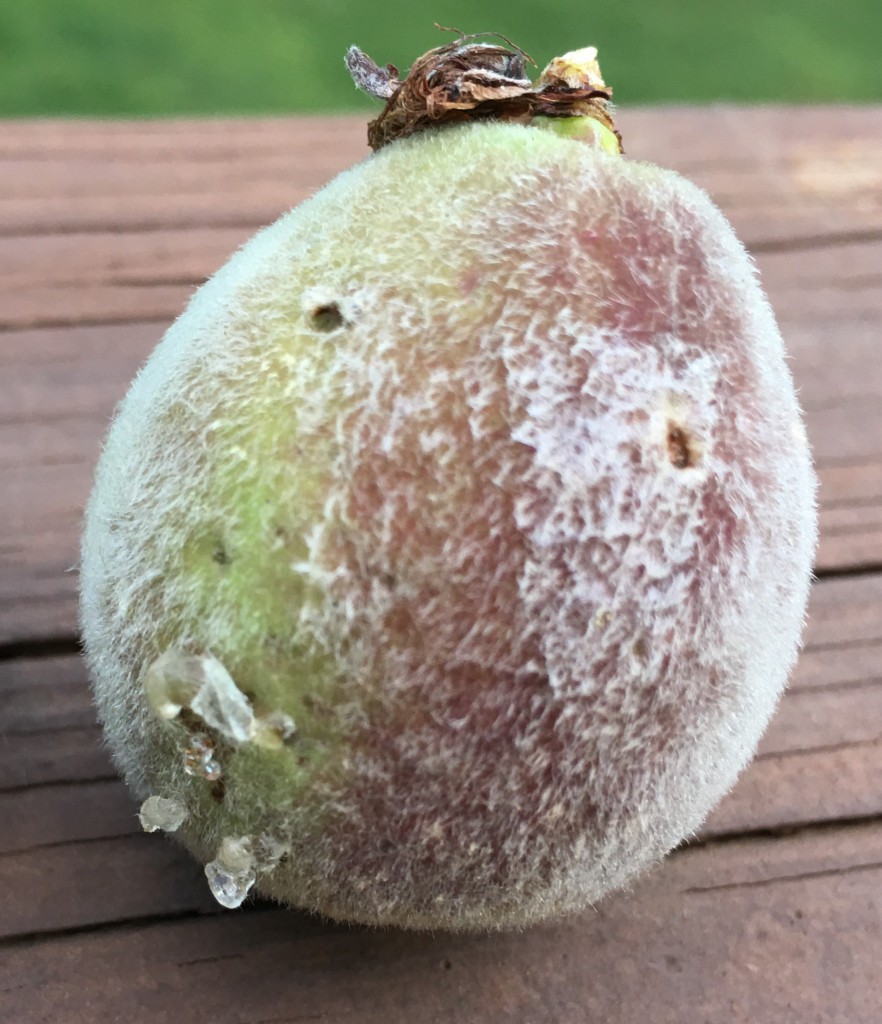Diseases
-
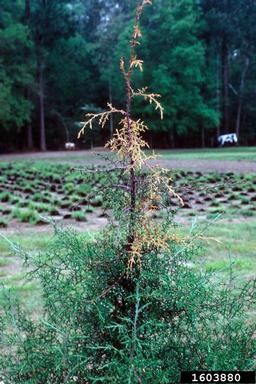
The most important part of landscape disease management is identifying the problem. Eighty percent of all plant disorders are the result of the inability of a plant to adapt to its environment. Knowing the problem, whether it is stress related and/or disease related, begins with being able to correctly identify the plant. Read More
-
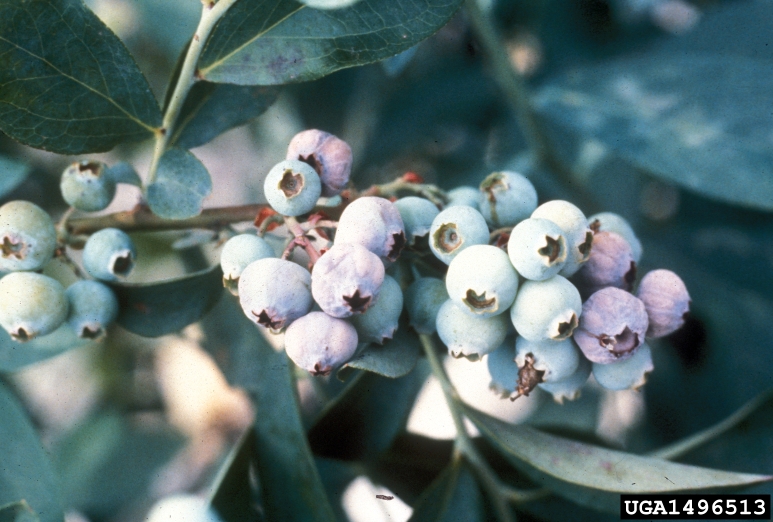
Blueberries are one of the most popular backyard fruits for Georgia because they are relatively low maintenance compared to other fruit species. However, there is one particular disease issue known as “mummy berry” that can be problematic for blueberry growers. The disease is easily recognized when the fruit begins to ripen, as infected berries become…
-
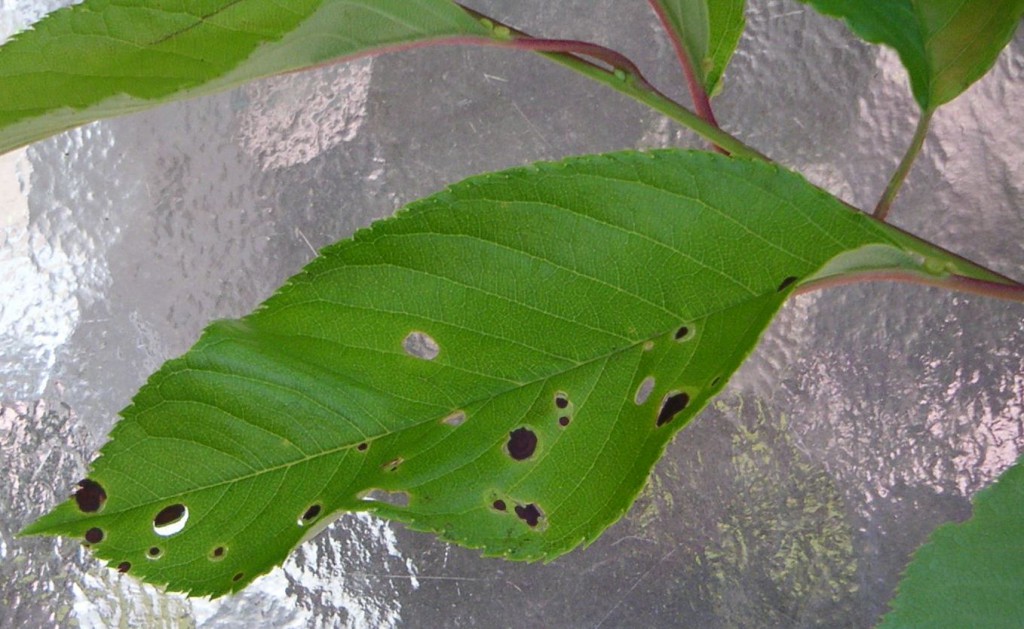
Every summer, we receive a lot of calls about holes in the leaves of ornamental cherry trees and other related fruit trees. Generally, when you think of holes in the leaves of a tree, you automatically assume that it was caused by some sort of chewing insect such as a beetle or caterpillar. Although these…
-
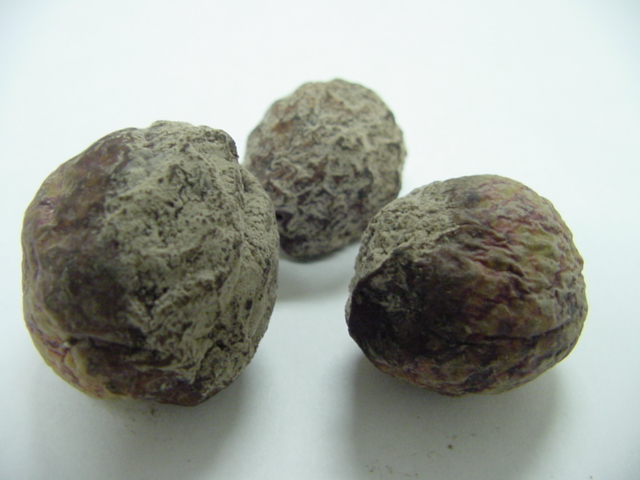
Brown rot is one of the most common and damaging fungal diseases of peaches in Georgia. In most years, all of the ripening fruit can be lost to this disease on unsprayed trees. The severity of the disease can vary from year to year depending on the amount of moisture and humidity. Brown rot attacks…
-
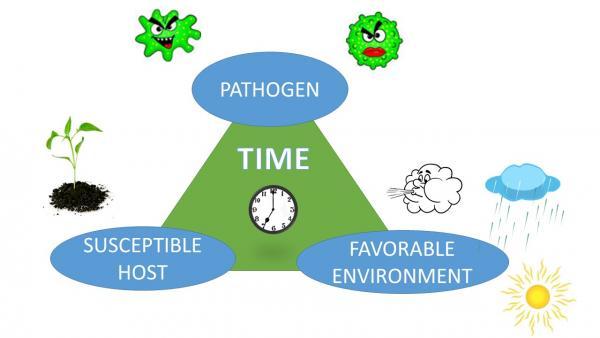
The abundant rainfall and warm weather over the past few weeks has unleashed a potential plague of weeds, insects, and garden diseases. It appears that spring is coming early this year! So far, we are about ten inches above normal for rainfall in North Georgia. Soil temperatures are warming up fast, which means this weekend…
-
Question: Why are the branches on my Leyland cypress trees dying back? Over the last decade or so Leyland cypress became extremely popular as screening plants. They provided homeowners with a cheap, very rapidly growing privacy screen. Unfortunately, when a plant becomes so popular that it is planted everywhere, formerly minor pest problems can develop…
-

If you grow roses in Georgia, you need to be aware of a common problem known as rose rosette virus. This is actually an old virus that’s been around since the 1940s, but really wasn’t actually identified as a common problem until around 2011 is when pathologists actually confirmed that this was an issue.
-

On Tuesday, August 6th at 7pm, the Bartow County Extension office will be hosting a free seminar on “Troubleshooting Vegetable Garden Problems.” This is a great opportunity for backyard gardeners and local farmers to bring plant samples for diagnosis and discuss common vegetable problems this season. We will also have several door prizes to give…
